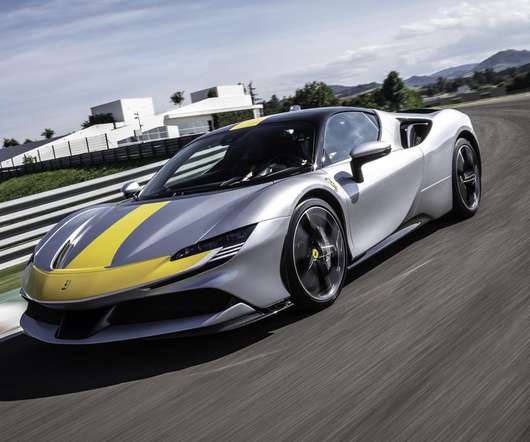Study links carbon fiber microstructure to Li insertion mechanism in structural batteries
Green Car Congress
OCTOBER 18, 2018
Carbon fibers have already beeen demonstrated as high-capacity Li-ion battery anodes, opening the way for their use as structural electrodes—i.e., simultaneously carrying mechanical load and storing electrical energy. A slight reduction in stiffness is not a problem for many applications such as cars.








































Let's personalize your content